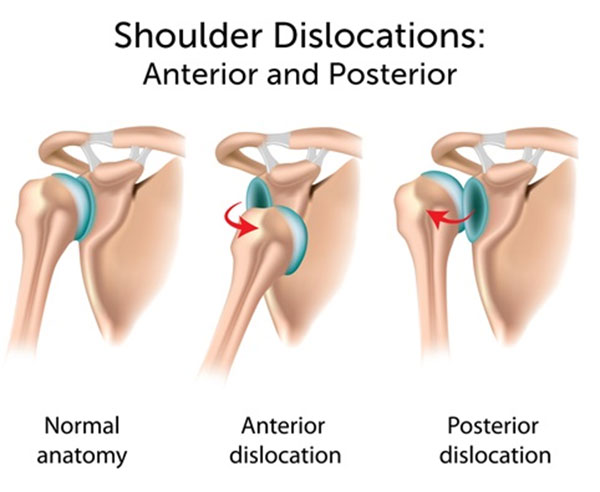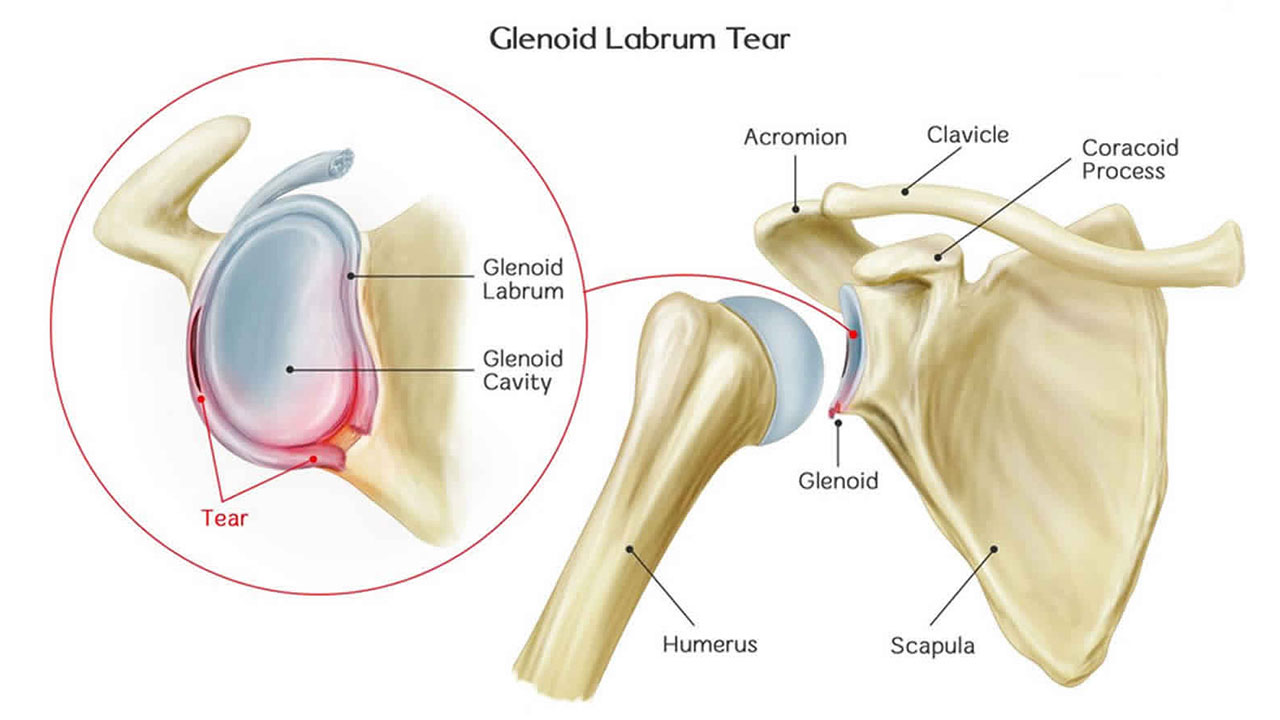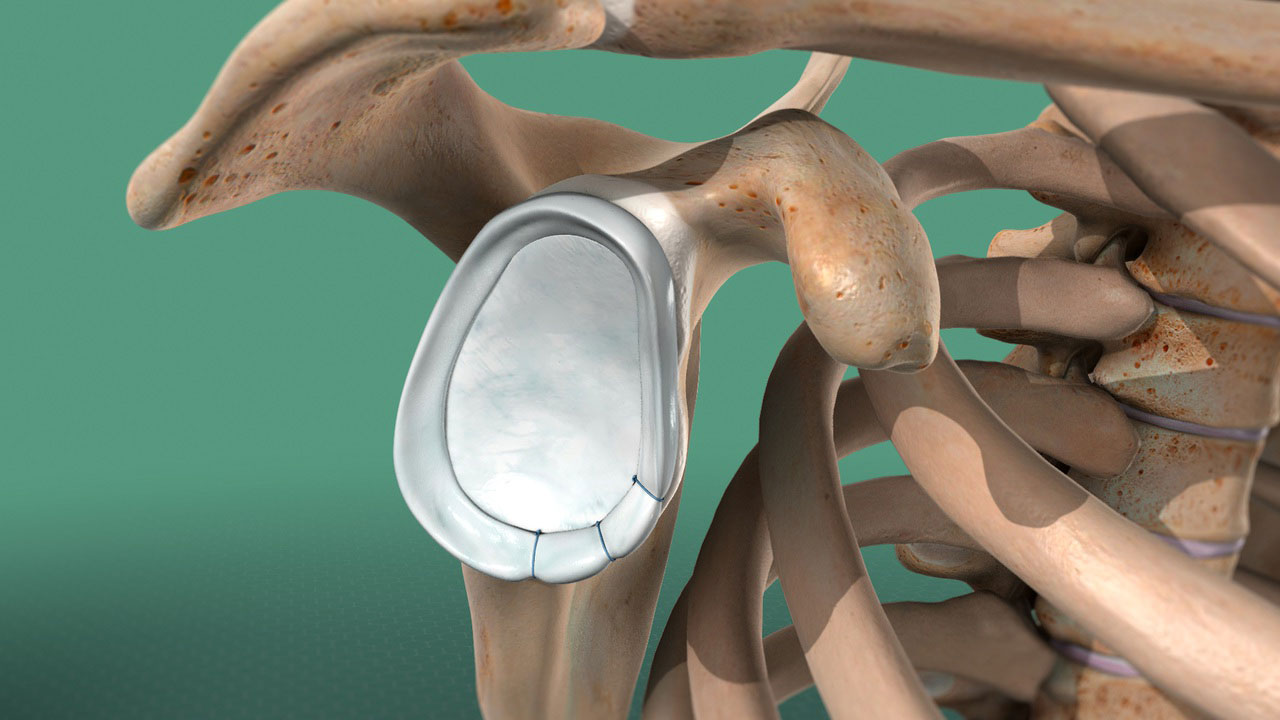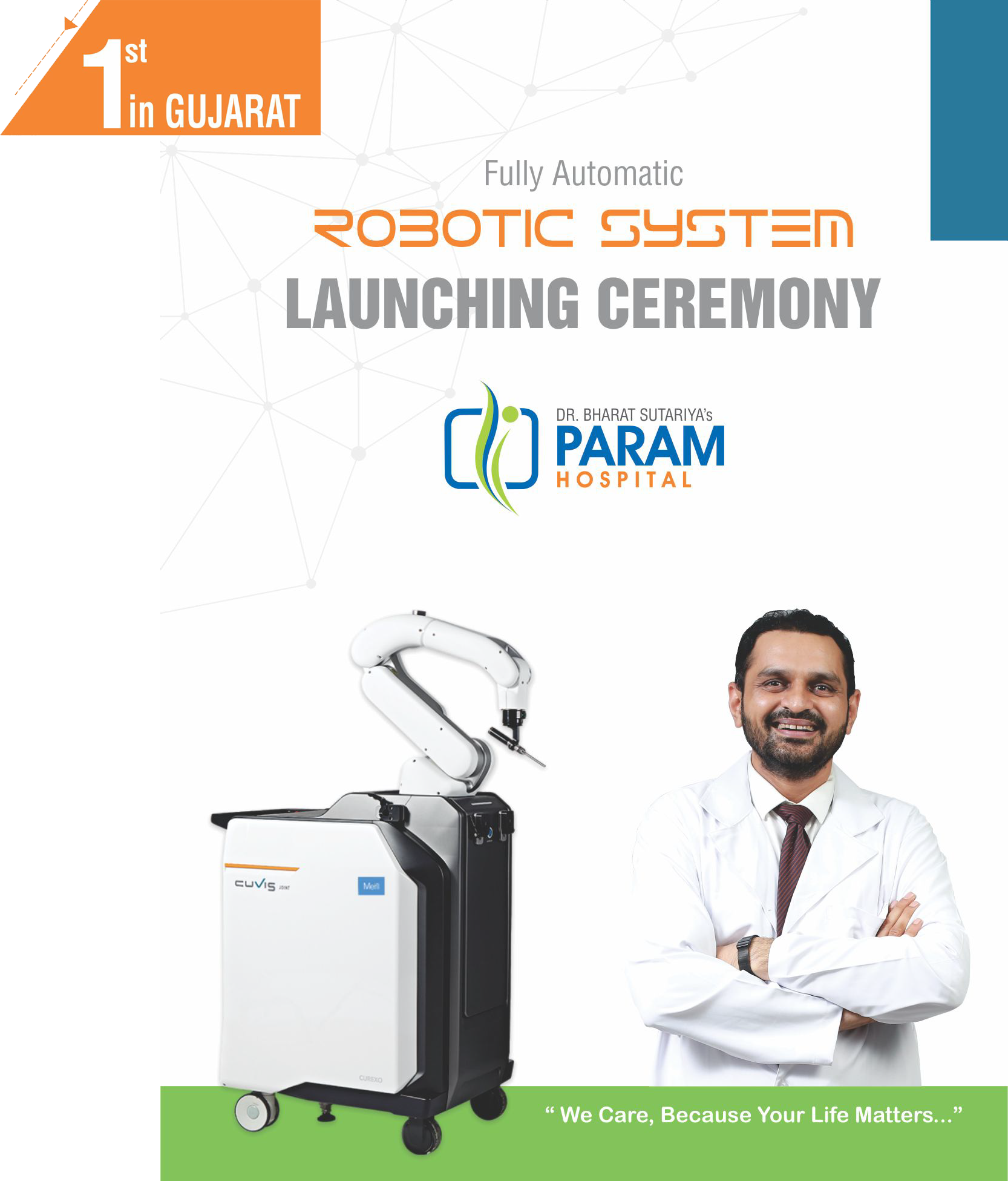
"We Care, Because Your Life Matters..."

"We Care, Because Your Life Matters..."
The shallow ball-and-socket joint of the shoulder is the most frequently dislocated major joint in the human body. Most often, the shoulder dislocates as the upper arm bone (humerus) comes forward out of the joint.

Dislocation of the shoulder usually almost always recurs. Each episode of dislocation brings with it additional damage to the cartilage of the socket (Glenoid) and the ball (head of the humerus). This damage is not reversible.
Shoulder instability may present as repeated dislocation where in, patient has to go to a hospital to relocate the shoulder – often under sedation. Sometimes patients are able to relocate their shoulder themselves. Commonly after the first dislocation there is a risk of 60%-80% recurrence. If the shoulder dislocates again there is more than 90% chance that it will re-dislocate. Each time the shoulder dislocates it peels off the attached ligament (Labrum) worsening the damage. Along with the ligament the cartilage of the joint on both sides (Glenoid & humerus) is damaged permanently. Cartilage damage cannot be repaired.
Thorough physical examination followed by MRI and CT SCAN both of the affected shoulder to know labrum damage and glenoid bone loss if present respectively.

Bankart Lesion Before Surgery

Bankart Lesion After Surgery
In modern day orthopaedics, the treatment of this condition has revolutionised the outcome of the patients. Arthroscopic repair enables the patient to go home the same day or next day of surgery and helps restore the range of motion fully with an early return to pre injury level.
It is prudent to get treated early to avoid long-term problems. Repeated shoulder dislocations can lead to nerve injury, which may not heal completely. Repeated peeling off cartilage will eventually lead to early arthritis which can be disabling and compromise daily essential activities.
In the past the surgery for recurrent dislocation was open surgery with long scar & mixed results. In modern era few hospitals are geared to treat this condition with Arthroscopic repair by name of Bankart repair. The keyhole surgery leaves three small scars. If the patient has bone loss too then surgery is different that’s called latarjet procedure.
Patients go home the next day of surgery and usually resume light work in few days. Patients must avoid driving for 2 months after surgery. By three months most patients have achieved their full range of movement & strength.
